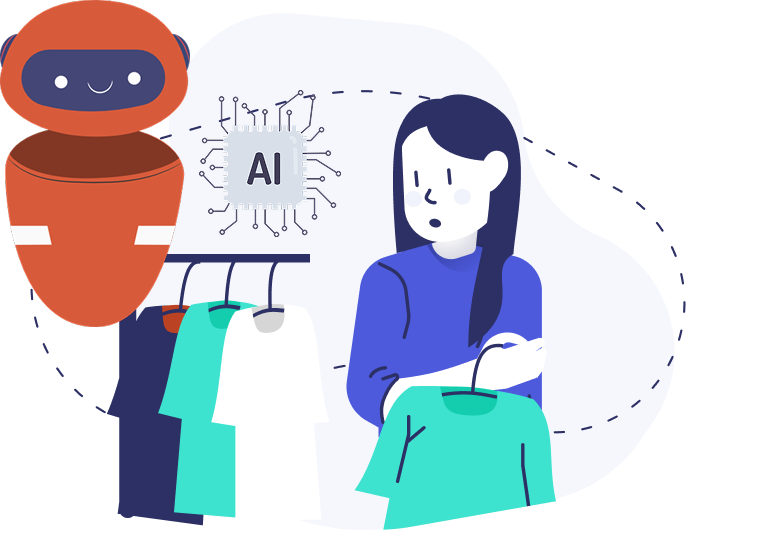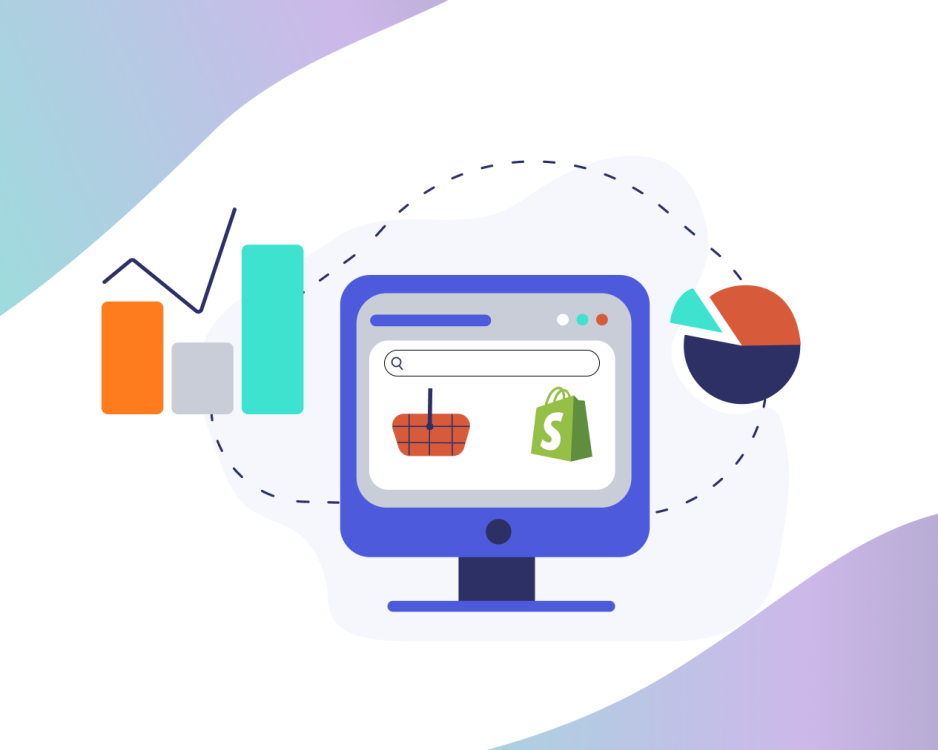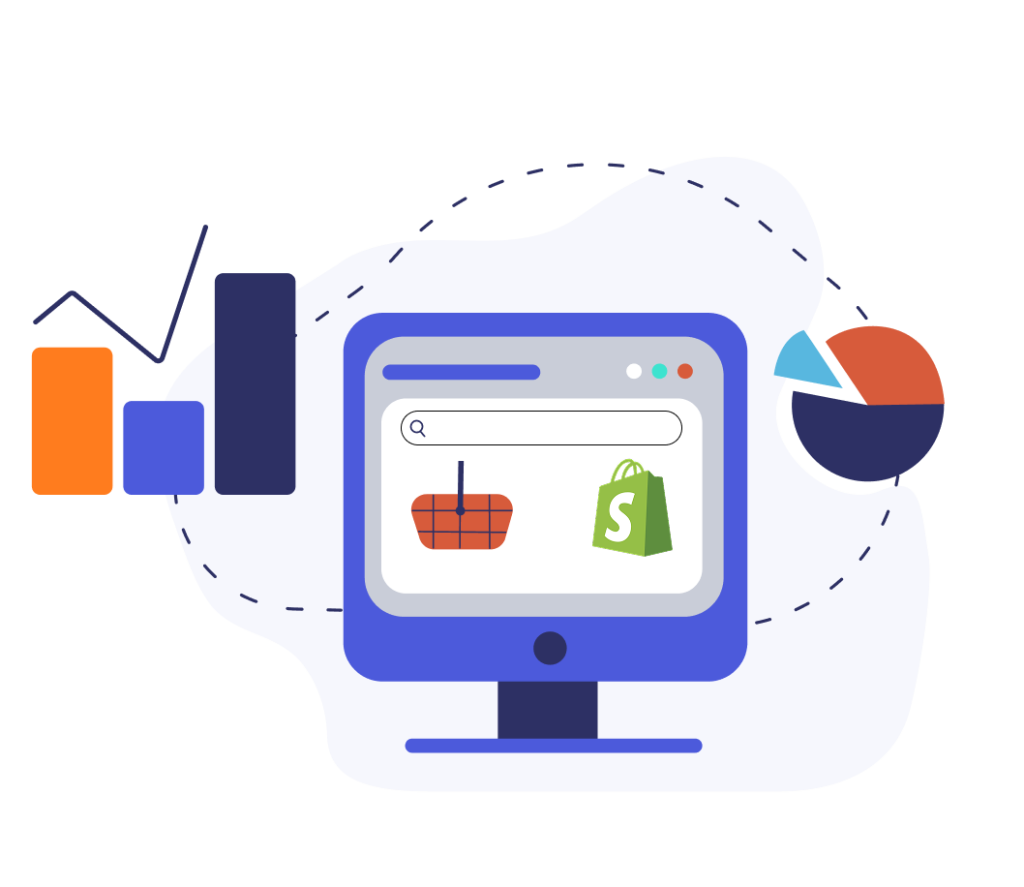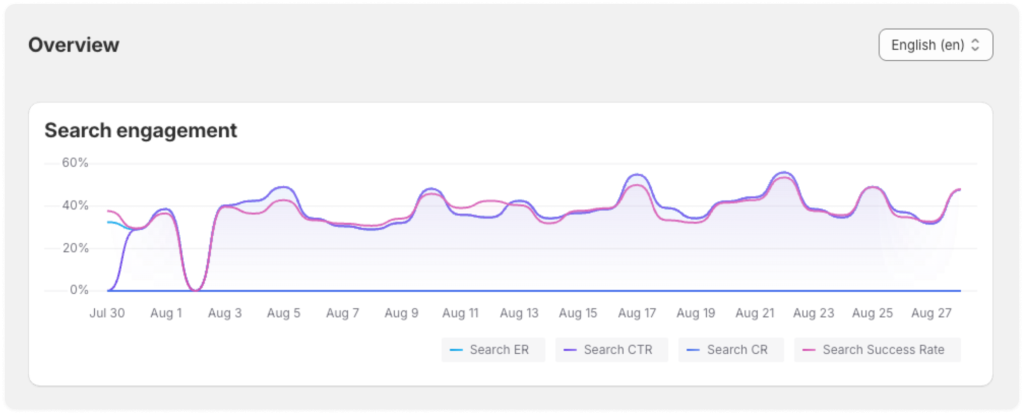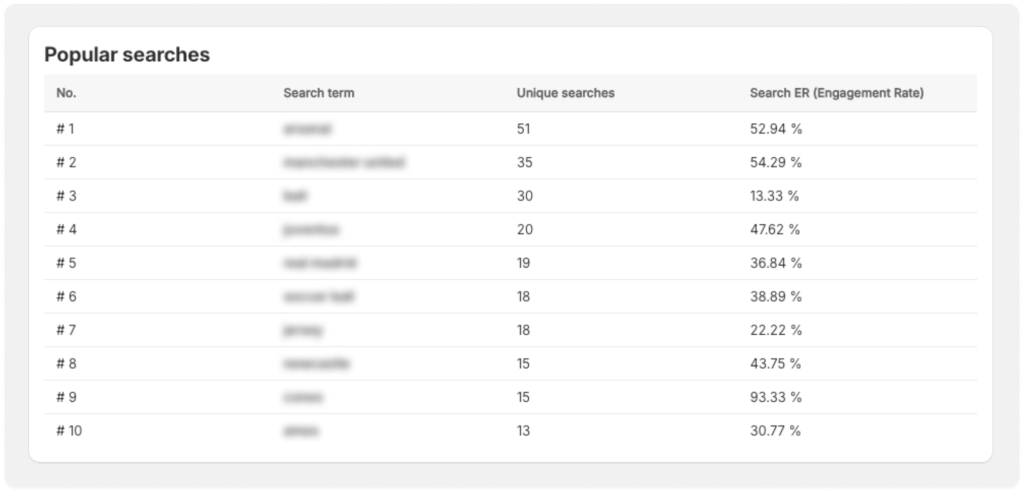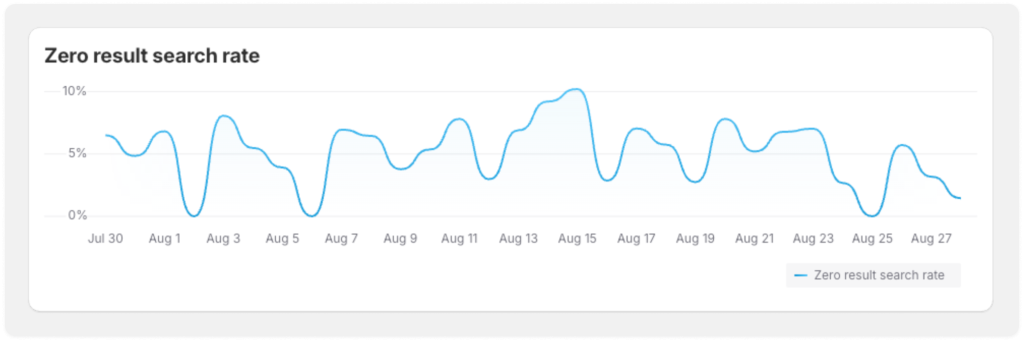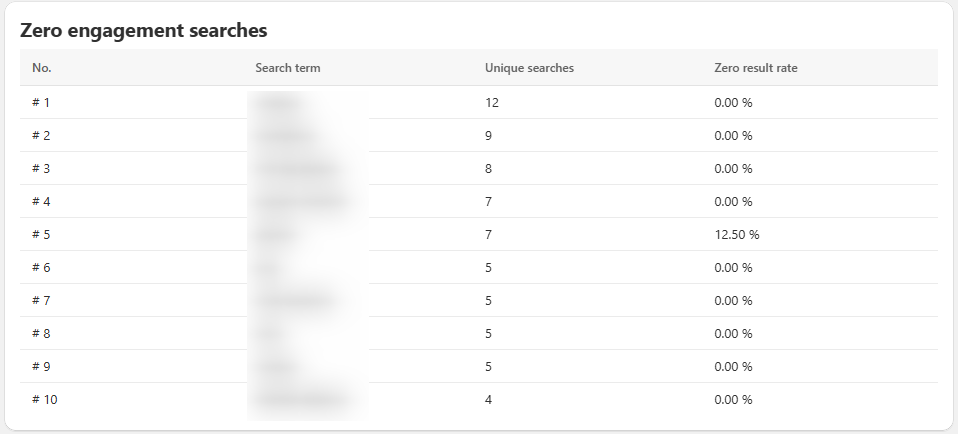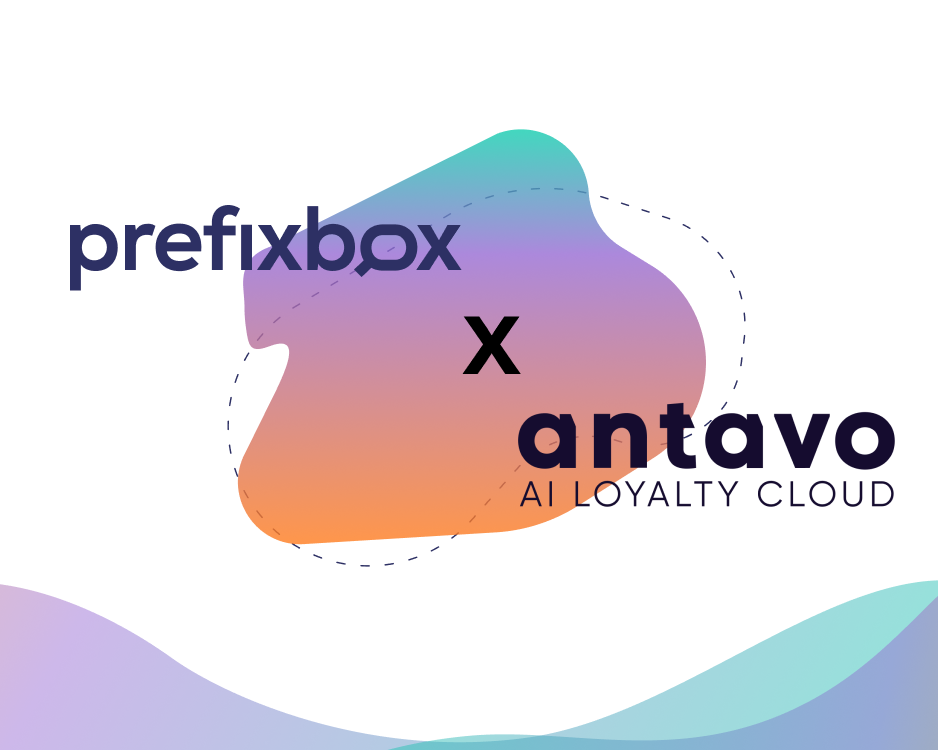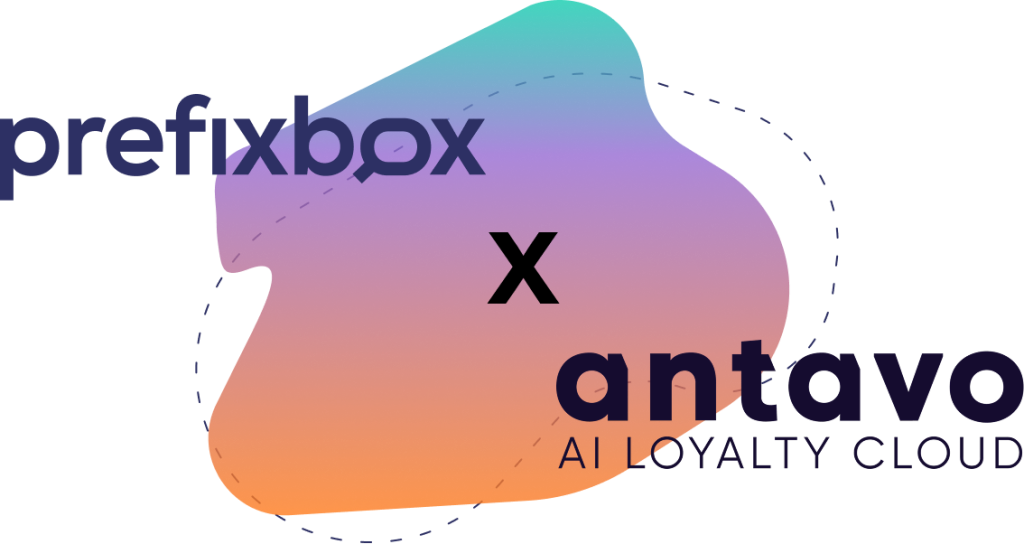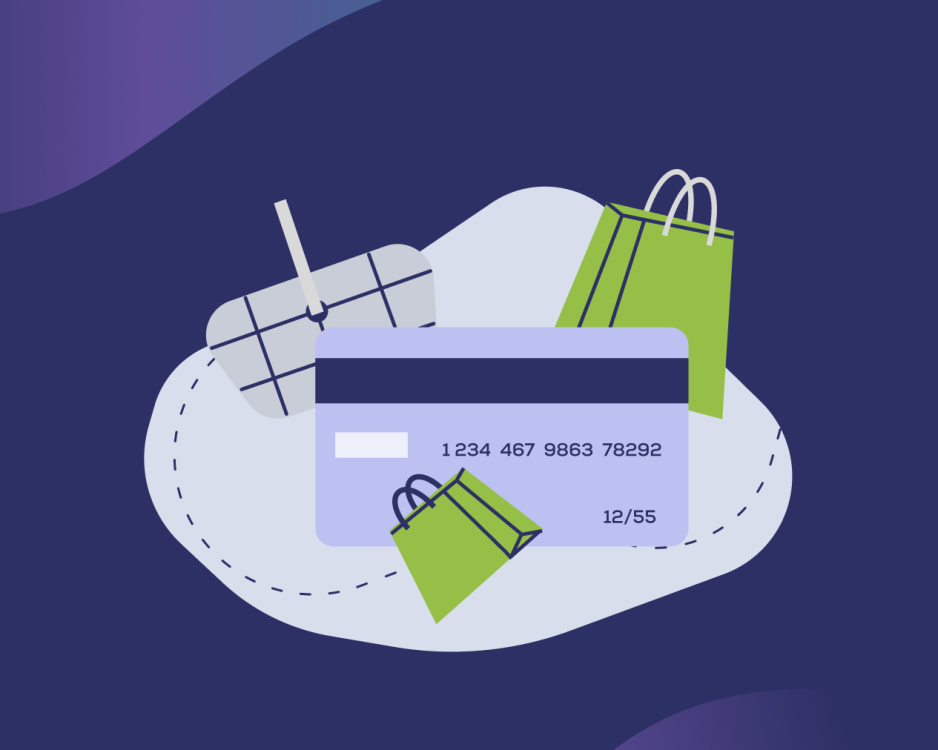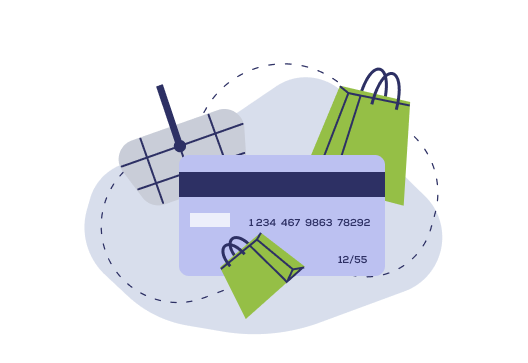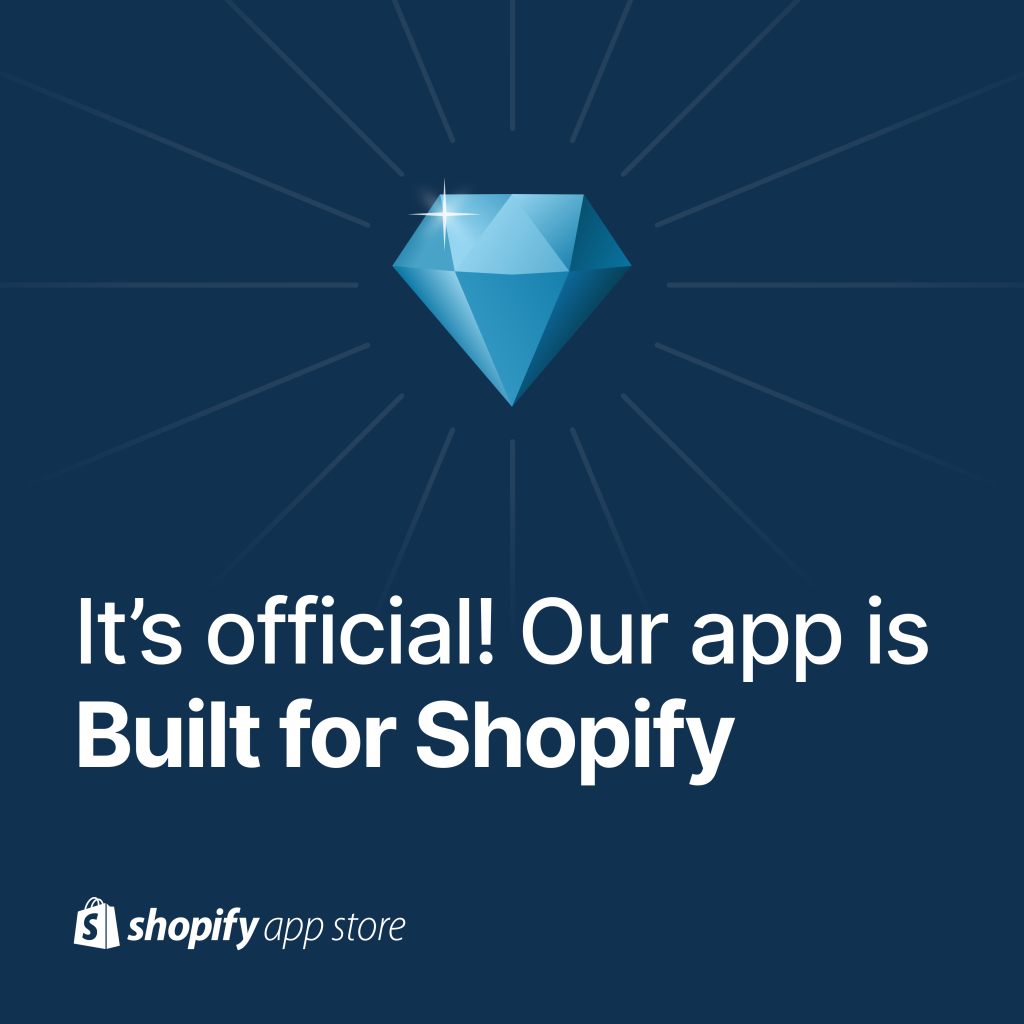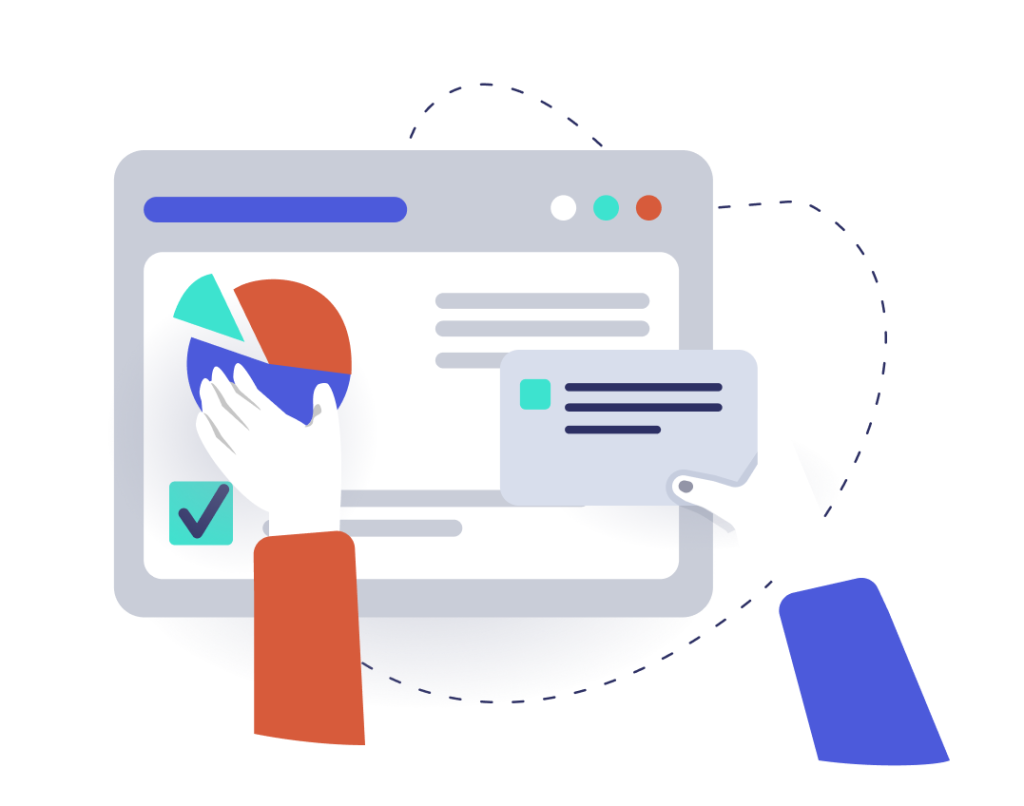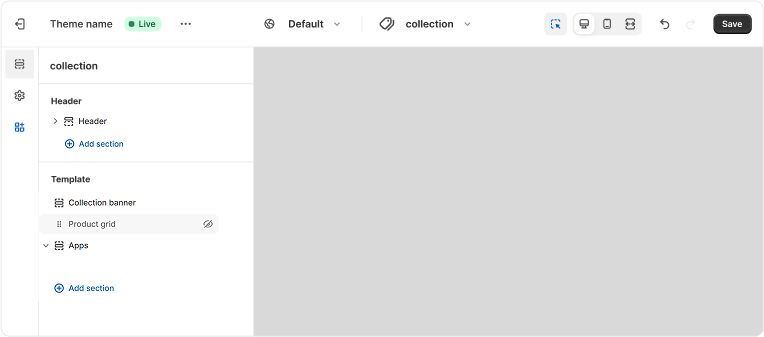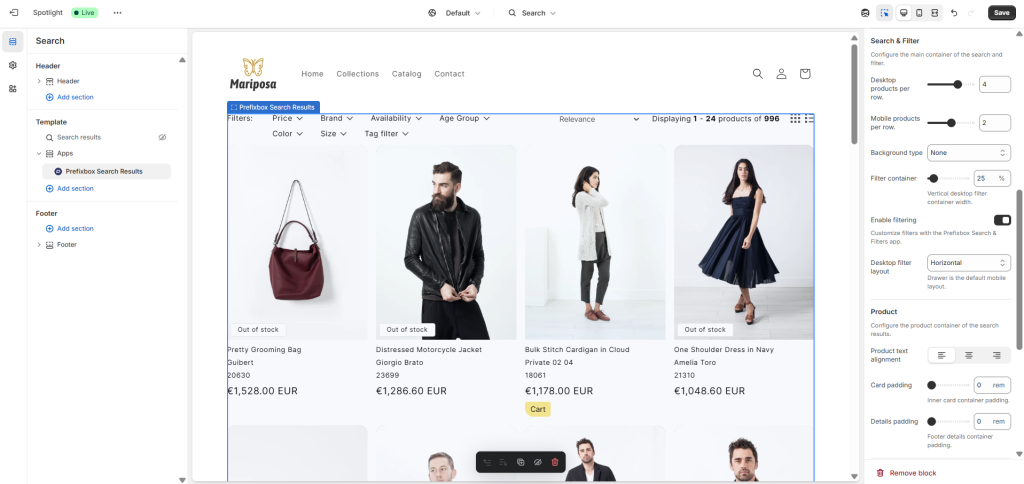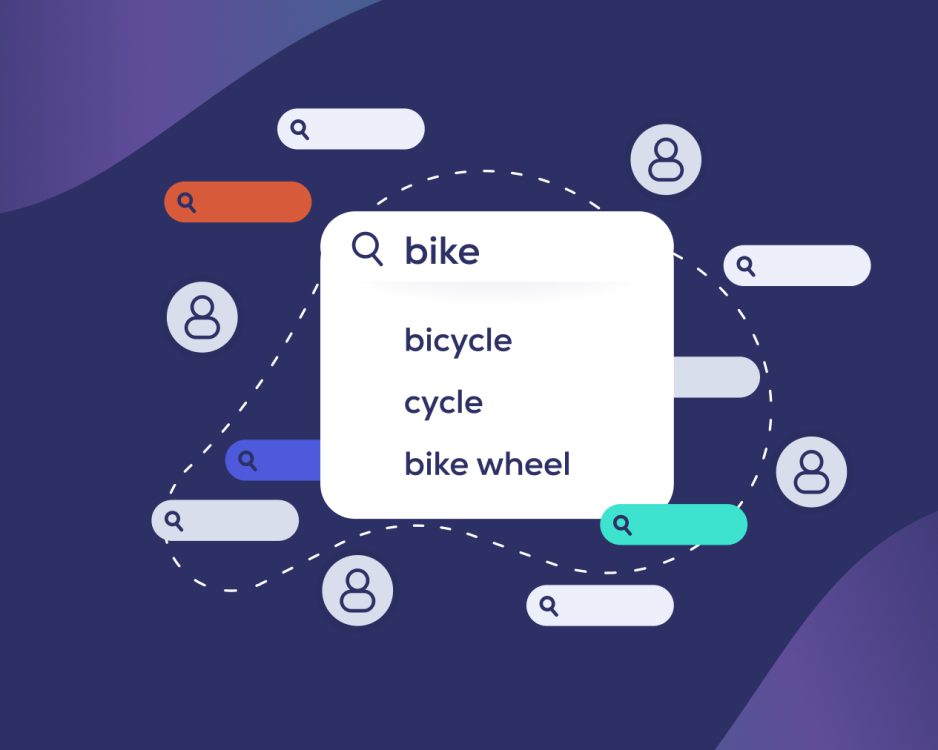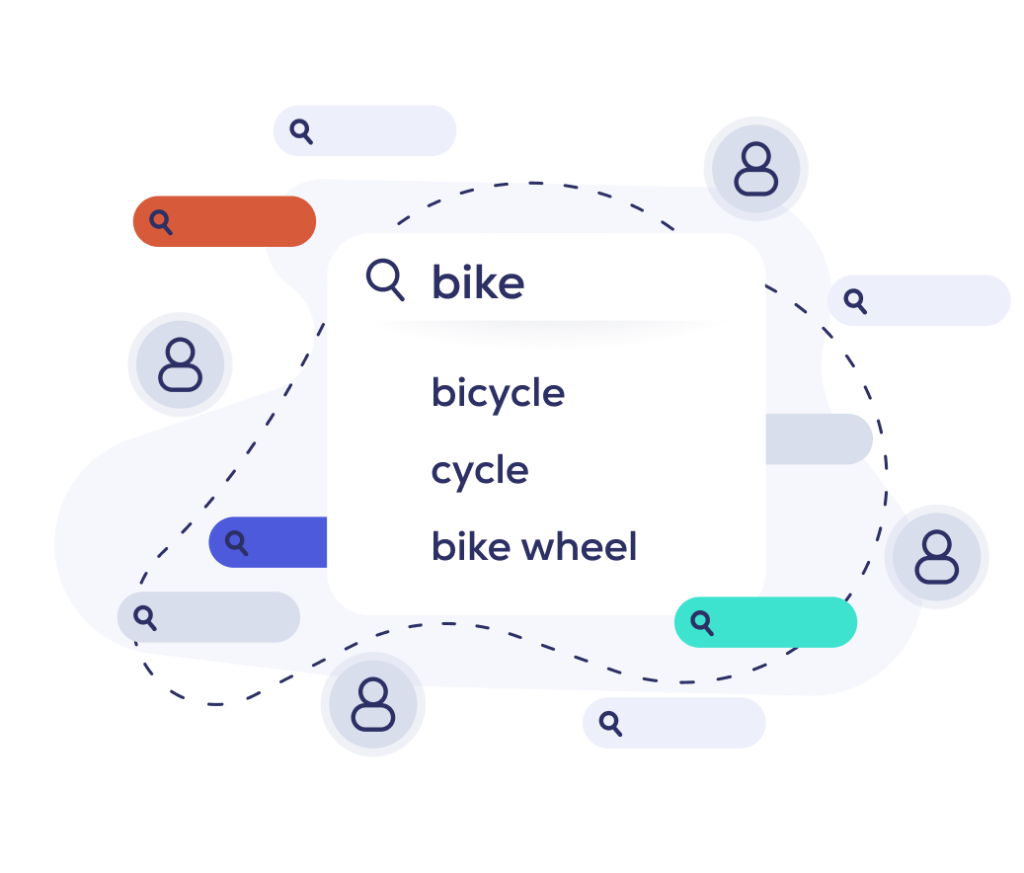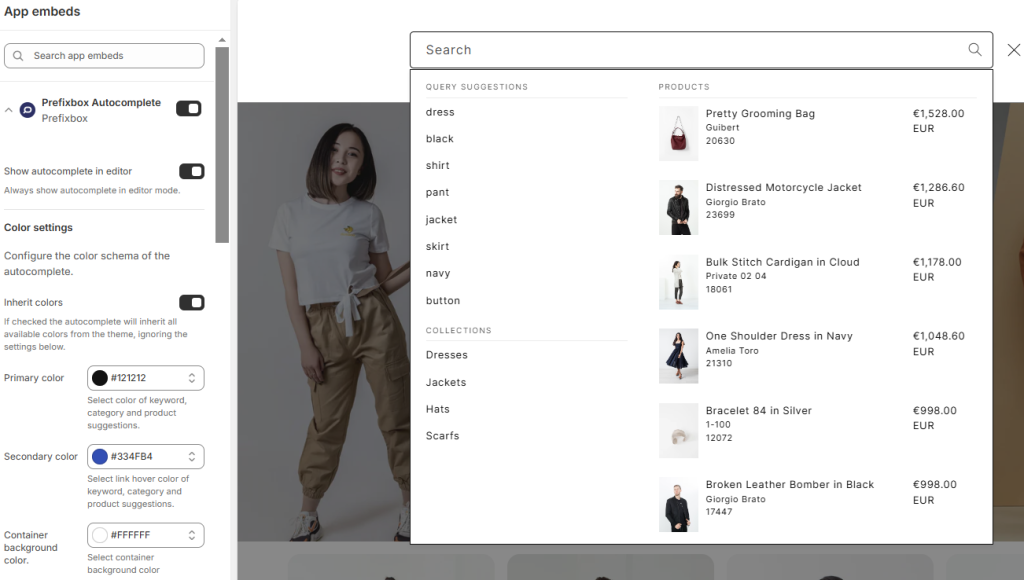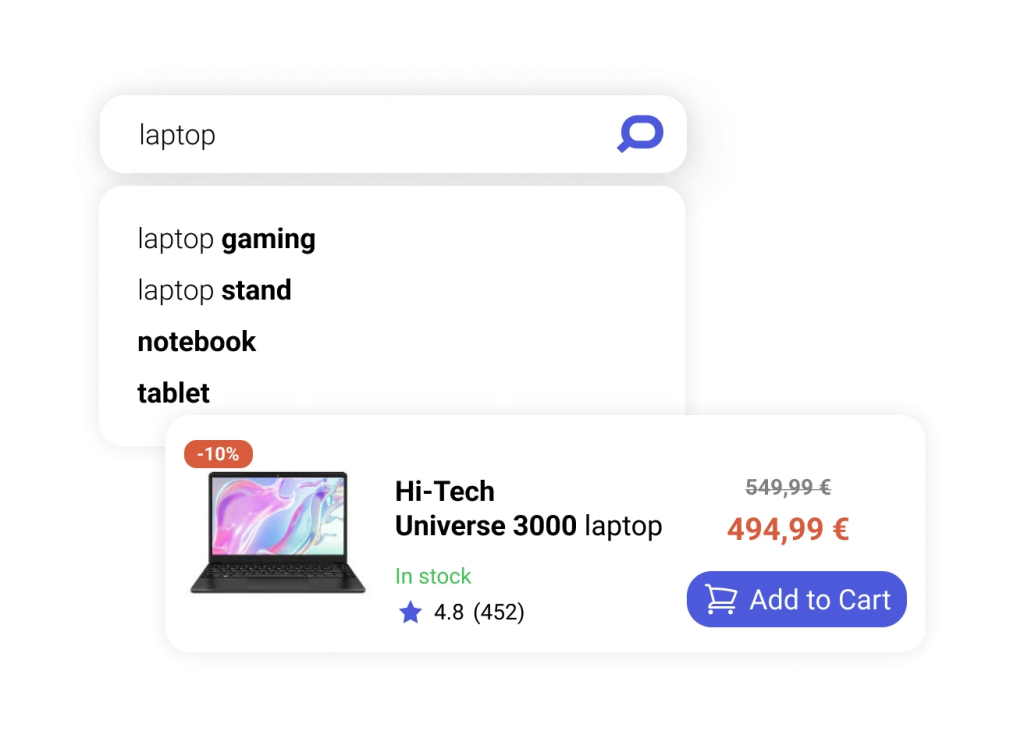[Webinar] Bringing It All Together: Why Unified Execution Drives E-commerce Success
Prefixbox’s Iringo sat down with David Sima from Vevol Media, a Shopify Plus partner agency that doesn’t just build Shopify stores, but also contributes official themes and apps to the ecosystem. Together, they unpacked a challenge most growing e-commerce brands quietly struggle with:
you have great teams, good tools, decent numbers, yet growth feels harder than it should.

David summed it up simply:
“Every effort counts… until it’s out of sync.”
When Good Teams Still Produce Bad Results
Most modern e-commerce setups look like this:
- An SEO agency
- A paid media team
- An email/CRM partner
- A web dev or CRO team
- Internal marketing & operations
Each team is smart and motivated. Each is tracking its own KPIs. But as David pointed out, those KPIs almost never tell the whole story.
That’s when fragmentation shows up:
- Email campaigns with amazing open and click rates…
but the landing page doesn’t match the offer, so users bounce. - Paid ads that look profitable in the ad platform…
but send traffic to generic category pages with poor UX. - Leadership deciding “TikTok doesn’t work for us”…
even though, when you look at the data in context, it’s actually one of the best assist channels.
It’s rarely a tool problem. It’s a coordination problem.
From Silos to a “Common Brain”
To fix this, David introduced the idea of the “common brain”: a way of working where all teams contribute to one shared understanding of the business.
What does that look like in practice?
- One coordinating actor (person or agency) responsible for aligning everyone.
- A shared project board (they use Asana, but any tool works) where all agencies and teams see priorities, timelines, and dependencies.
- A common calendar of campaigns, launches, tests, and dev work.
- Monthly alignment calls where everyone shares insights, not just reports numbers.
Instead of each team optimizing its own slice of the funnel, they start collaborating around one shared outcome: business growth.
That’s also where partners like Prefixbox and Vevol Media work best together: when search, UX, performance marketing, and product strategy are aligned around the same customer journey.
Using Technology to Simplify, Not Complicate
Tech is supposed to make life easier bu,t in many stacks, it actually adds to the chaos: too many apps, too many dashboards, not enough integration.
David’s first move with new clients is surprisingly simple:
a clean-up.
- Remove unused or redundant apps.
- Consolidate tools where possible.
- Make sure you’re actually using the features you pay for.
Often, brands can save 10–30% of costs just by rationalizing their stack. Then, instead of checking five different dashboards, David recommends aggregating data into one central view that shows how channels influence each other.
Iringo added how this plays out at Prefixbox: on-site search data doesn’t just improve conversion — it becomes an insight engine that feeds marketing, merchandising, and UX. When that data is shared, not siloed, it creates a feedback loop that improves the entire customer journey.
The Mindset Shift: Stop Thinking Like a Small Business
Toward the end, Iringo asked what mindset shift brands need most if they suspect their setup is fragmented.
David’s answer had two parts:
- Realize you’re not a small business anymore.
You can’t run a 6–7 digit store with one person as the bottleneck for every decision. You have to delegate and trust specialists. - Stop judging teams by vanity metrics alone.
It’s never just “ads’ fault” or “email’s fault.” Success is an aggregated outcome. Look at customer lifetime value, return rates, abandonment, purchase timing, and how channels work together, not in isolation.
Once teams start seeing the impact of unified execution, momentum builds. Trust grows, decisions become more data-backed, and, as David put it, the whole process develops a rhythm.
Unified execution isn’t about doing more.
It’s about doing the right things together, and letting every effort truly count.
For more details, watch the full recording of the webinar:

![[Webinar] Bringing It All Together: Why Unified Execution Drives E-commerce Success](https://www.prefixbox.com/blog/wp-content/uploads/2025/11/Vevol-thumbnail-938x750.png)
![[Webinar] Black Friday 2025: Paid Media, CRO & AI Trends Every Marketer Needs to Know](https://www.prefixbox.com/blog/wp-content/uploads/2025/10/BFCM2025-thumbnail-938x750.png)

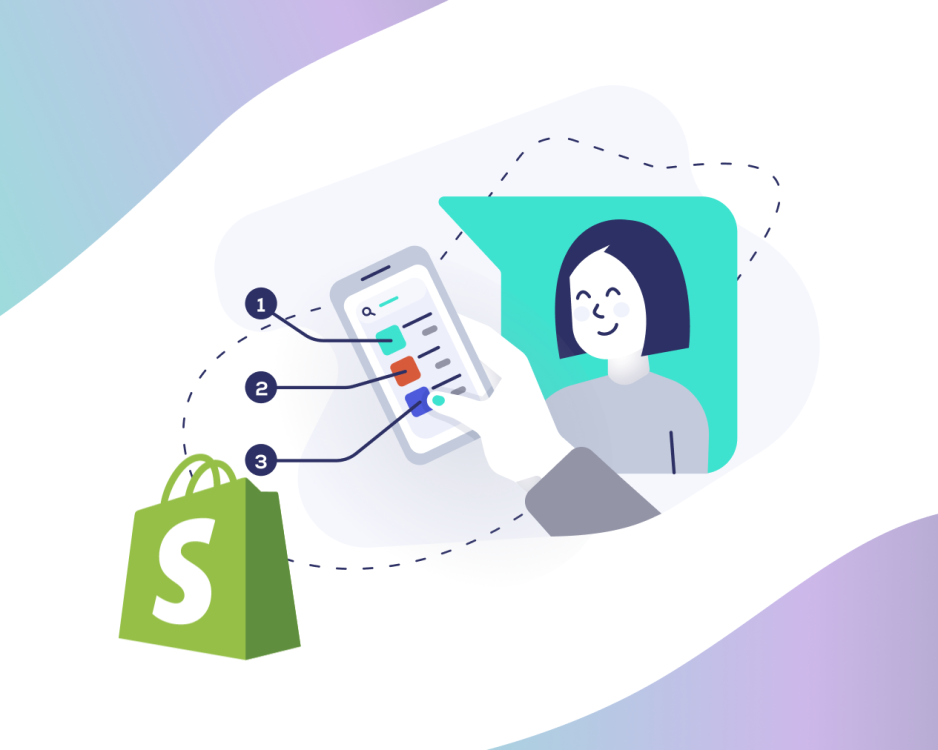
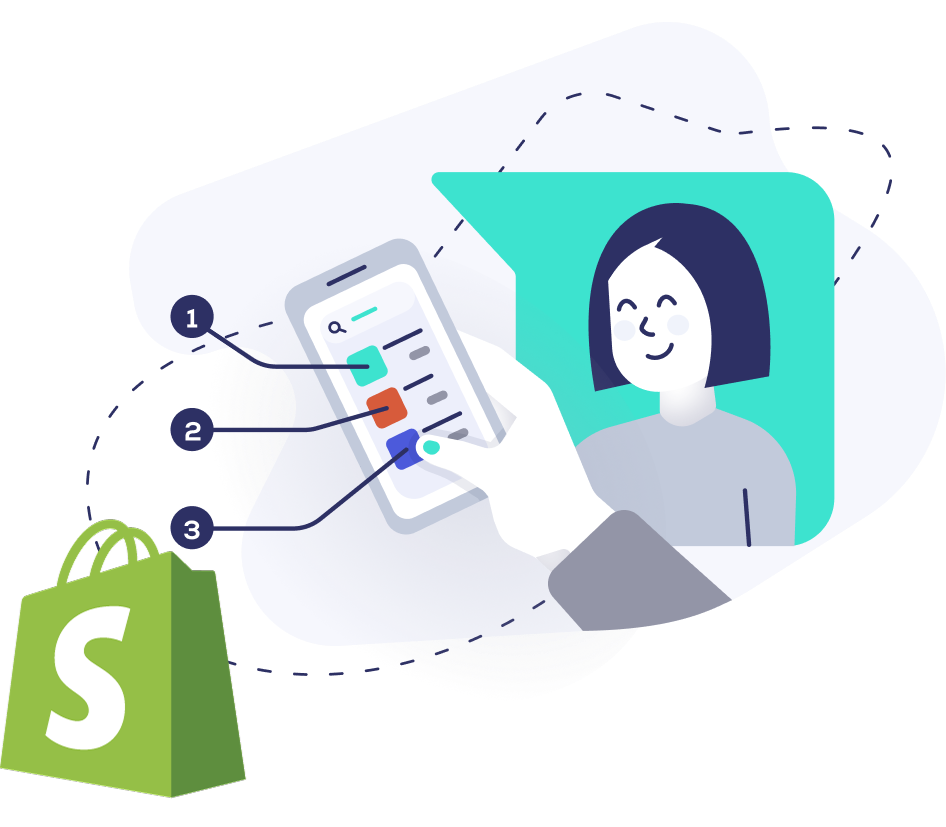
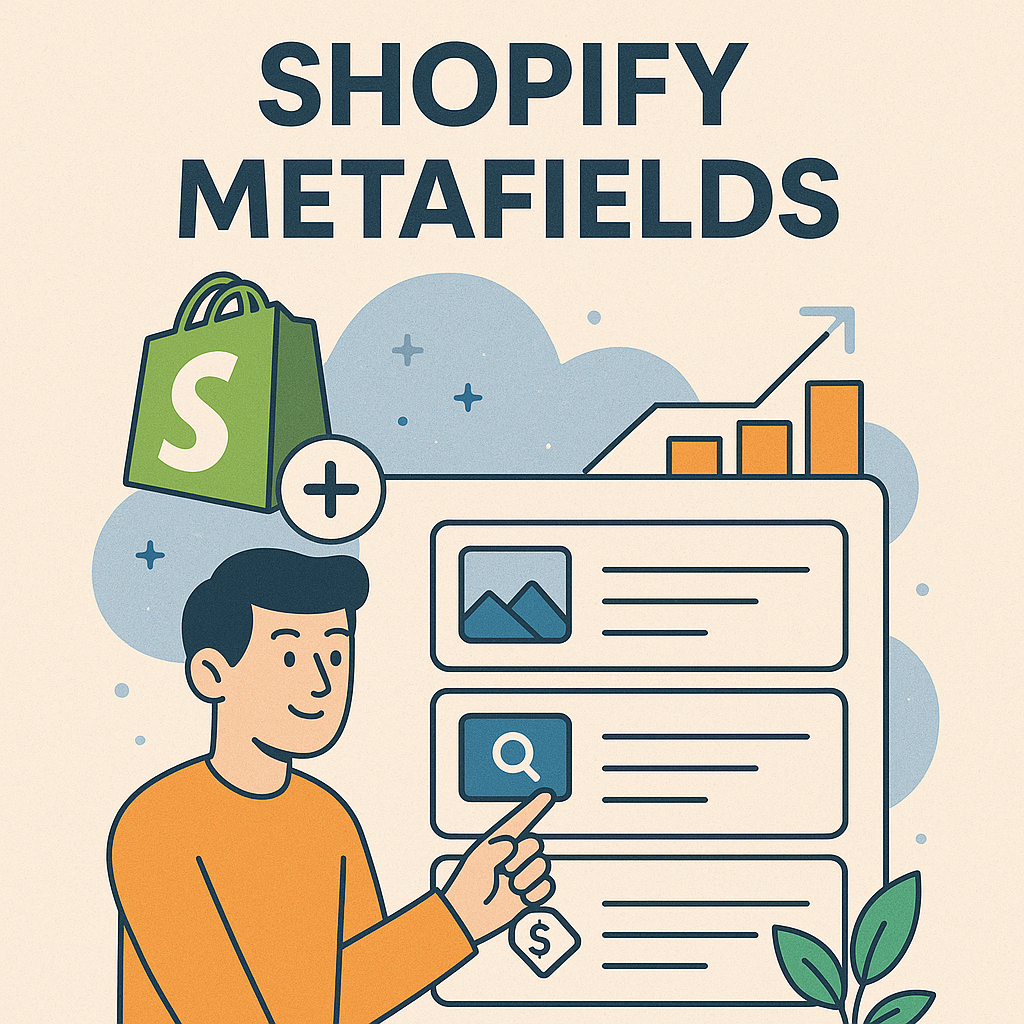
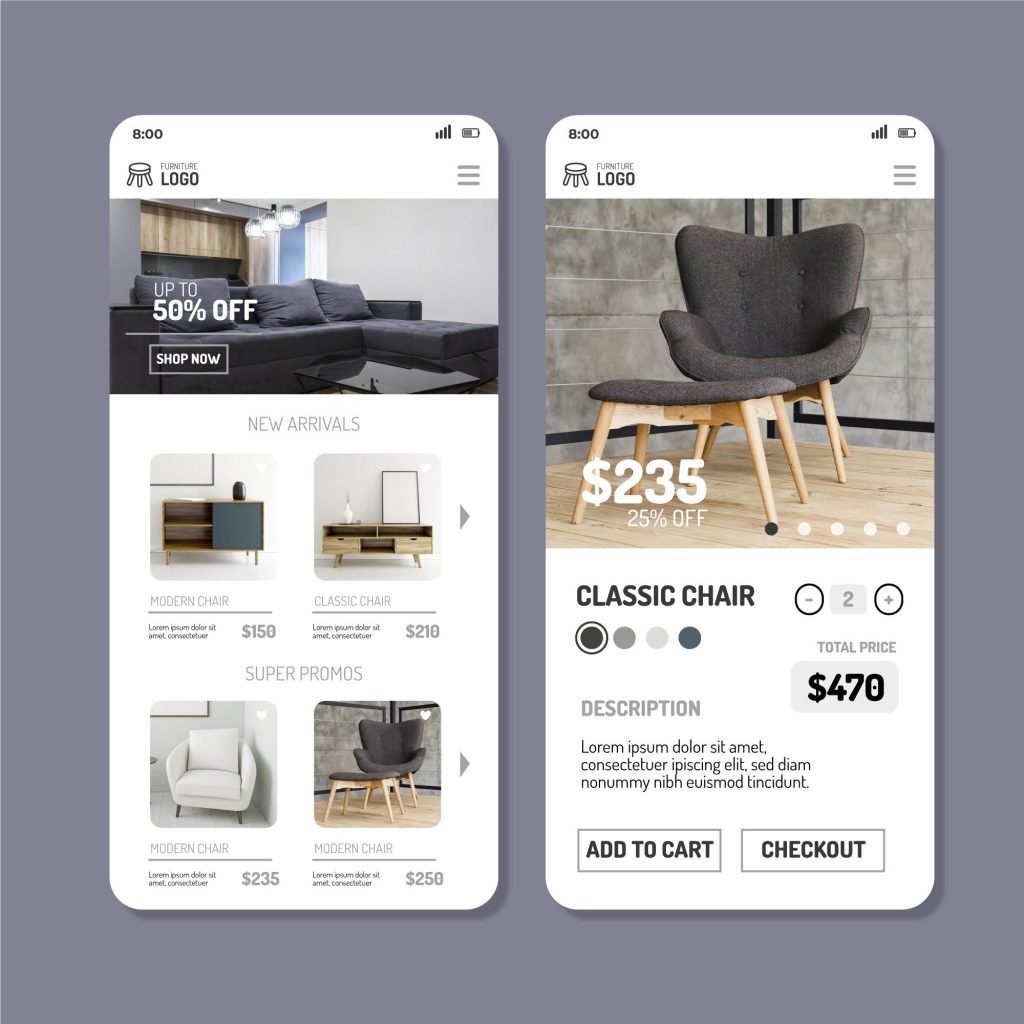


![[Webinar] Ecommerce Tech: Build a High-Converting Stack in 2025](https://www.prefixbox.com/blog/wp-content/uploads/2025/09/Ecommerce-Tech-Stack-thumb-938x750.png)

![[Webinar] Agentic Commerce Is Here: How to Get Your Brand ‘AI Agent Ready’](https://www.prefixbox.com/blog/wp-content/uploads/2025/09/blog-thumbnail-template-webinar-conscia-938x750.png)
